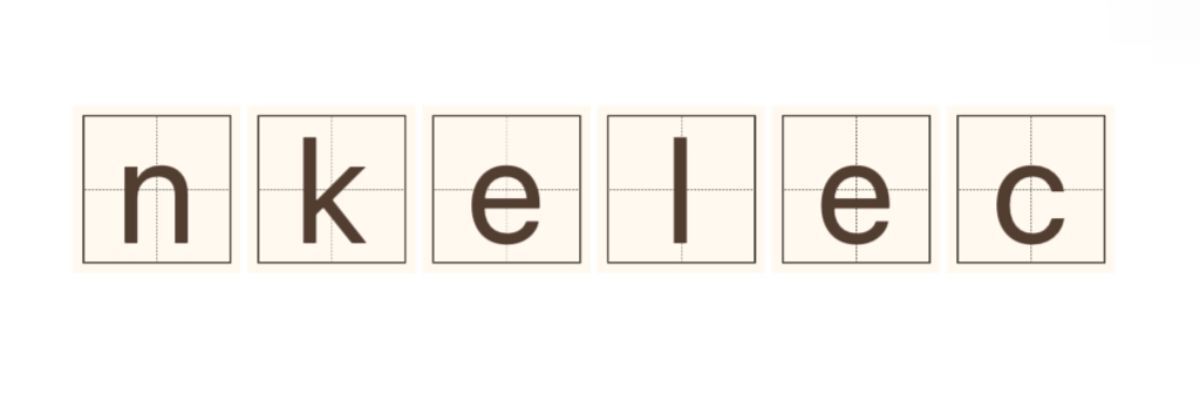Solving Common Issues When Choosing MWIR Lenses for Cooled Cameras
Oct. 15, 2025
Solving Common Issues When Choosing MWIR Lenses for Cooled Cameras
When it comes to selecting MWIR (Mid-Wave Infrared) lenses for cooled cameras, many customers encounter significant challenges during the purchasing phase. This short guide aims to address common pain points that can complicate your decision-making process, making it easier to choose the right lens tailored to your specific needs.
Contact us to discuss your requirements of MWIR Lens for Cooled Camera. Our experienced sales team can help you identify the options that best suit your needs.
The Importance of MWIR Lenses in Cooled Cameras
Before diving into common issues, it’s crucial to understand the role of MWIR lenses. These lenses are designed to transmit infrared radiation efficiently, which is essential for applications such as thermal imaging, surveillance, and scientific research. Cooled cameras utilize these lenses to enhance sensitivity and image clarity in various environments.
Common Customer Pain Points
1. Understanding Specifications
Many customers find themselves overwhelmed by technical specifications. Common terms like focal length, f-number, and field of view can lead to confusion. For example, a lens with a focal length of 15mm will provide a wider field of view compared to a lens with a 75mm focal length, which is more suitable for long-range observation.
Understanding these specifications is essential because selecting the wrong lens can impact image quality and overall system performance. A customer case study shows that a major security firm initially purchased a lens with the wrong focal length. This resulted in subpar image quality and, ultimately, the need to replace the lens, leading to wasted time and increased costs.
2. Budget Constraints
Budget is often a significant concern. While it might be tempting to opt for the least expensive MWIR lens available, this can have long-term repercussions. For example, investing in a higher-quality lens can provide better image resolution and durability, reducing the frequency of replacements. A reputable lens could cost between $5,000 to $15,000 depending on specifications, but the long-term savings associated with reduced maintenance and improved performance can outweigh the initial expenditure.
3. Ensuring Compatibility
Another common issue is ensuring that the MWIR lens is compatible with the cooled camera you intend to use. Not all lenses are universal, and using an incompatible lens can lead to mounting issues or degraded performance. Customers often overlook this step, leading to unanticipated delays in projects. A real-world example involved a research facility purchasing a lens without verifying compatibility, resulting in a two-week delay while a proper lens was ordered.
Key Considerations When Choosing MWIR Lenses
1. Application Requirements
Your specific application will largely dictate the best lens choice. Whether for defense, environmental monitoring, or industrial inspections, understanding your requirements is crucial. For example, if the primary focus is detecting heat sources in a surveillance scenario, a lens with a shorter focal length may be optimal to ensure a wider field of view.
2. Performance Needs
Consider the environmental conditions in which the camera will operate. For high-temperature environments, choose lenses that can maintain performance. Some lenses are equipped with advanced coatings that enhance their durability against extreme conditions, making them suitable for use in harsh environments.
3. Consult with Experts
Engaging with suppliers or manufacturers can be a significant help in navigating these complexities. They often have insights into the latest technologies and can provide valuable recommendations tailored to your application. Some companies even offer trial periods during which you can test the lens before making a final purchase decision.
Your Next Action
To begin making an informed choice about MWIR lenses for your cooled cameras, start by assessing your specific needs, applications, and budget. Reach out to trusted manufacturers or suppliers to discuss your requirements, ask questions, and seek guidance tailored to your situation. Make use of their expertise to ensure that you receive a lens that not only meets but exceeds your expectations.
By addressing these common issues and taking a structured approach to your lens selection, you can ensure that you make the right investment for your thermal imaging needs and avoid costly mistakes in the future.
Are you interested in learning more about ir lens manufacturer? Contact us today to secure an expert consultation!
21
0
0


Comments
All Comments (0)